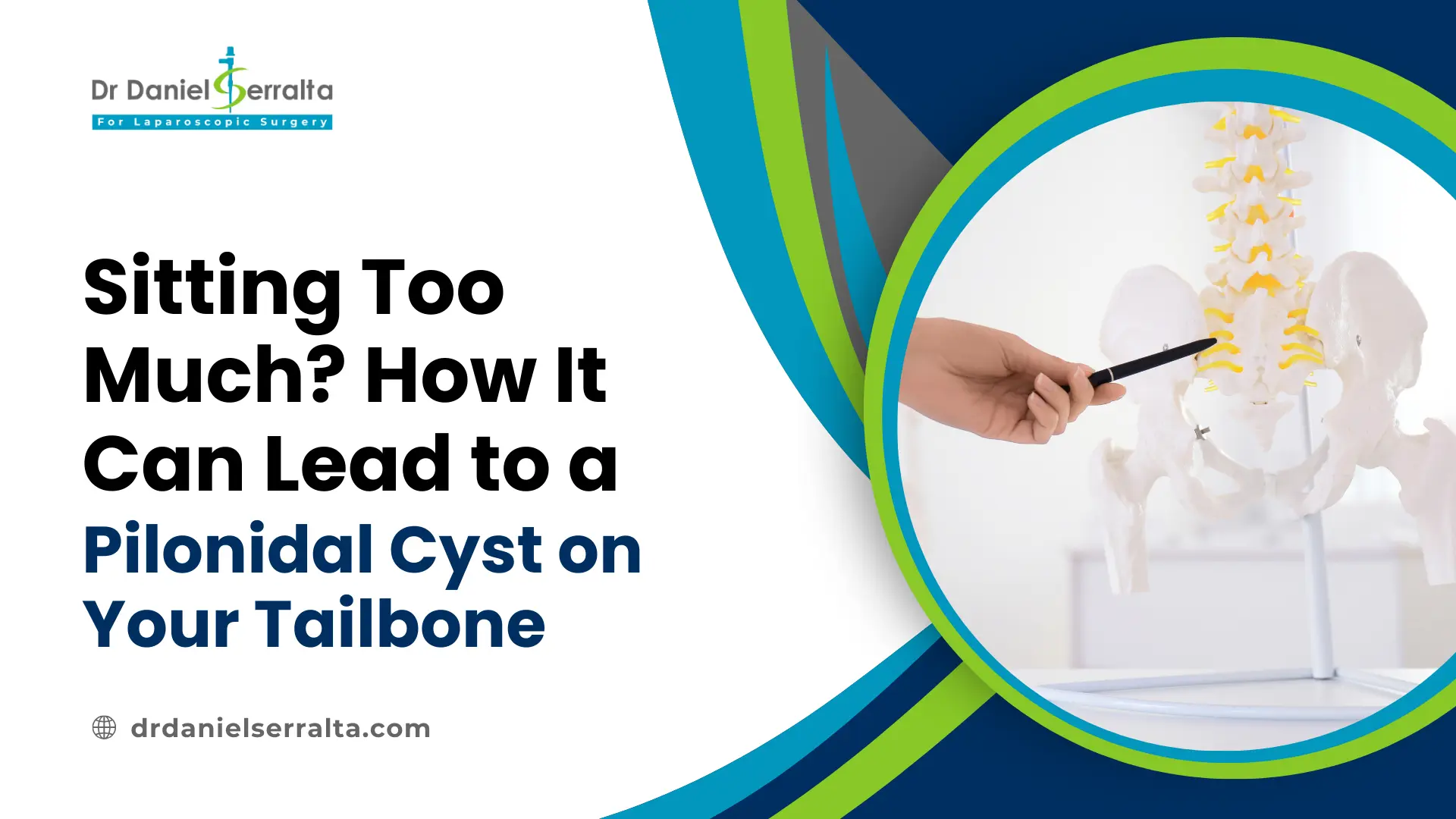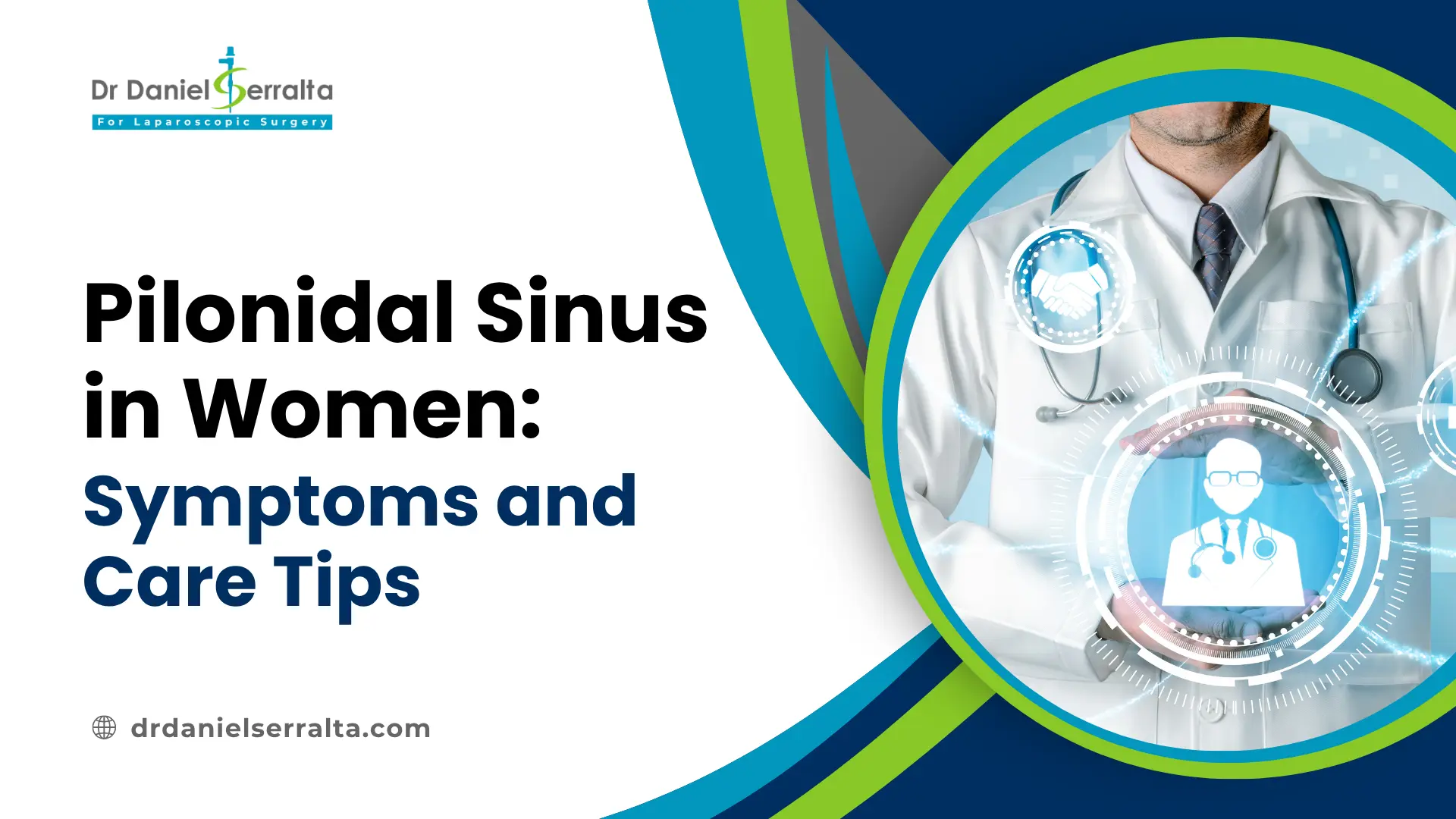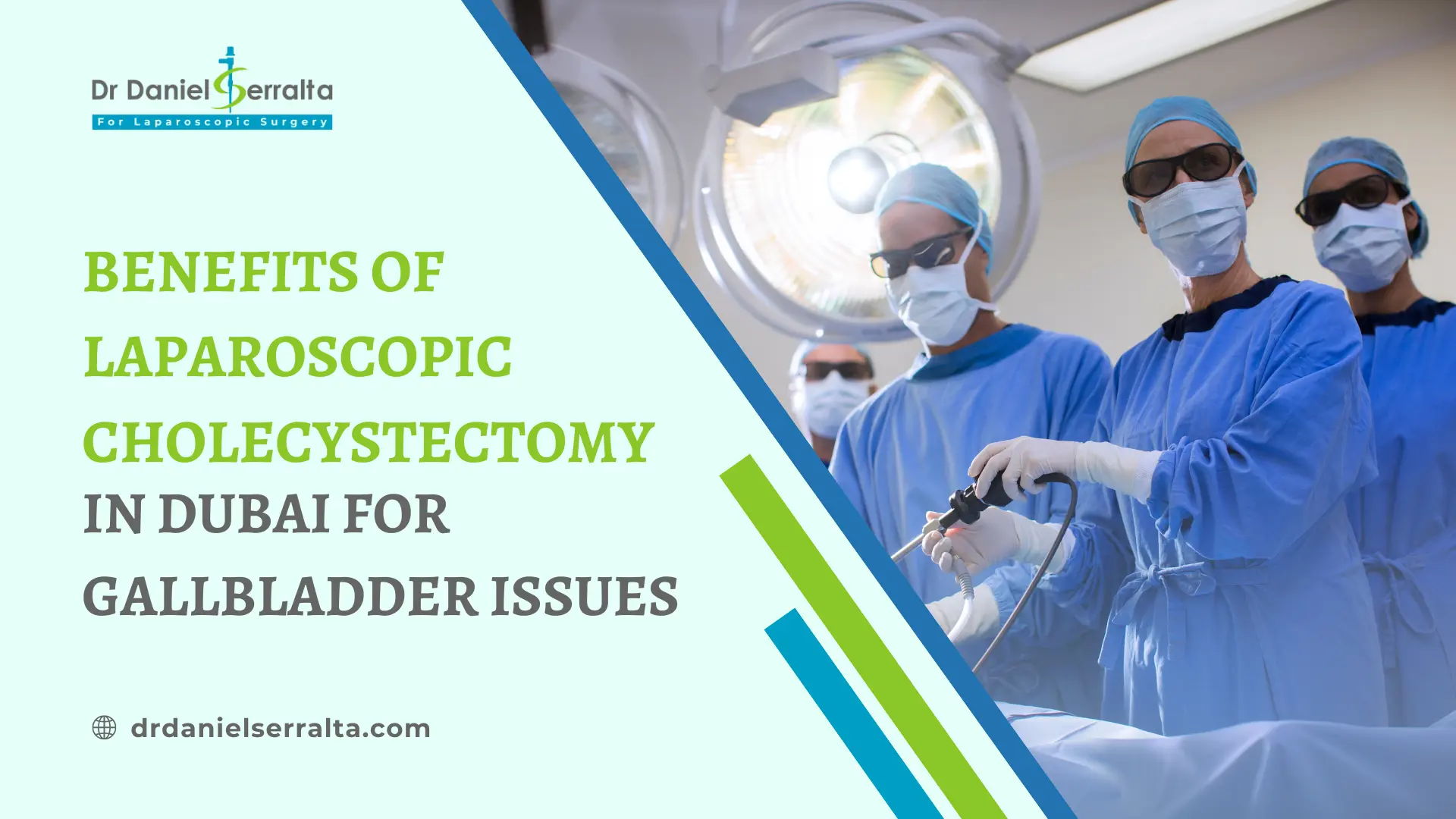Sitting Too Much? How It Can Lead to a Pilonidal Cyst on Your Tailbone

Do you frequently sit in front of a screen, in your car, or at work for at least a few hours each day? While you might think prolonged sitting is harmless, it can actually be the origin of an uncomfortable problem like a pilonidal cyst on tailbone. We see patients that come in with pain, swelling, sometimes discharge, near their tailbone, and are surprised that from sitting too much, they may have created this issue. In this blog, I will explain why excessive sitting increases your likelihood, what symptoms may indicate that you have a problem, and how I help patients achieve relief with safe and effective treatments.
How Sitting Too Much Increases Your Risk for a Pilonidal Cyst on Tailbone
A pilonidal cyst from sitting occurs when debris and hair become confined under the skin near your tailbone. If you are in a seated position for long hours, you are applying pressure to your skin, which can irritate it to the point of forming a small pit. This small pit can become a cave for hair and bacteria to enter. The cavity may become infected and form an abscess if treatment is not received.
You may be at greater risk for building a cyst on tailbone from sitting if you:
- Have thick, coarse body hair
- Sit for many hours during the day (desk job, gaming, driving)
- Are obese or overweight
- Heavy sweating in lower back area
- Family history of pilonidal disease
Each of these risk factors for Tailbone Cyst does not guarantee you are going to get one, but they do increase your odds.
How A Cyst Can Develop in the Tailbone
A pilonidal cyst on tailbone can start as a small pimple or pore that exists under the skin. Your body reacts as though it were a foreign object when hair becomes lodged there, causing inflammation. The inflammation builds, which becomes one of the major Tailbone Cyst Causes that can fill with pus, causing swelling and pain. If left untreated, the cyst could lead to multiple sinus tracts (or tunnels) under the skin, leading to a more chronic problem.
Warning Signals You Shouldn’t Ignore
Many people delay seeking treatment initially because the symptoms are not severe. But ignoring these signs can worsen the situation. Be on the lookout for:
- Swelling or redness near the tailbone.
- A pimple or small hole with hair protruding out.
- Pain or tenderness in the area of your tailbone.
- Pus or bloody discharge with bad odor.
- Fever or fatigue in severe cases.
If you are experiencing any of these symptoms, you really should see a doctor early for your tailbone cyst treatment.
Diagnosis and Management
Diagnosing a cyst at the tailbone that occurs from sitting is simple. At your appointment, I will examine the area and may perform imaging if the sinus tracts are particularly deep.
Management options include:
1. Laser Hair Removal: Usually, laser hair removal is recommended to help with preventing the cyst from forming again.
2. Minimally Invasive Surgery: There are techniques referred to as Laser treatment (SILAC), EPSiT or GIPS that typically allow for a more rapid recovery and less pain in your recovery.
3. Drainage & Scrubbing: It is important to scrub the area properly to help treat infected cyst abscesses. This little procedure is simply just draining the pus out and then scrubbing / cleaning the area.
4. Flap Surgery: When the cyst / abscess is recurrent or with greater complexity, flap procedures can be very effective, Karydakis flap for example, has high rates of long-term success.
A tailbone cyst surgery is not always a process that you will be recommended. Your treatment plan is personalized to your lifestyle, what you request and your problem.
Importance of Early Treatment
If the question is can sitting too much cause a pilonidal cyst then the answer is Yes. If untreated, a pilonidal cyst on tailbone from prolonged sitting can become an abscess, which is very painful and may pop. Chronic pilonidal sinus disease may eventually require further surgery. Acknowledging care in the early stages allows me to treat the pilonidal cyst on tailbone with simple, less invasive techniques, meaning a faster recovery for you. With delay it can lead to some serious consequences which need tailbone cyst surgery, but with my expertise and specialist team, you will go through a seamless surgery procedure smoothly.
Why Choose Us
I am a Pilonidal Cyst Specialist in Dubai, and I personally work to provide you with lasting relief, and reduce the chances of recurrence, by choosing to utilize modern techniques. Too often, I have patients coming to see me after multiple infections or unsuccessful methods, from elsewhere. My methods include elements of modern surgical technique, laser hair removal prescription, and tailored aftercare so that you can return to normal life as soon as possible!
If you are looking for the Best Pilonidal Cyst Surgery in Dubai, you are in good hands! My emphasis as your medical practitioner is to keep your downtime to a minimum and keep you free of discomfort. For more information you can contact 8002211 or whatsapp me (+971 56 805 4323) to schedule an appointment for immediate care.
Act on it Today
If you have pain, swelling or drainage around your tailbone, do not wait to see if it gets worse. Early diagnosis of pilonidal cyst on tailbone can save you from more infections for the remainder of your life and a more extensive surgery. Call today for your appointment and take the first step towards an easy, successful, and permanent solution with my care.
Frequently Asked Questions (FAQ)
1. Can sitting too long cause a pilonidal cyst on tailbone?
Yes, when sitting too much/too long there is pressure in your tailbone area. Then you can get dead skin, irritation and hair that penetrates your skin, where a pilonidal cyst might later form.
2. Is surgery needed for a tailbone cyst?
Not always, if it is caught early enough maybe just drainage or a more conservative procedure will work. We usually recommend surgery for recurrent cysts/rate and severe cysts.
3. How painful is cyst surgery?
Pilonidal cyst surgery is very modern, and should be only mildly painful. I use the least invasive procedures that I can, for better recovery times.
4. Do pilonidal cysts come back after treatment?
Yes, the cyst can come back if not treated properly as well as not taking care of yourself afterward. Laser & good hygiene and personal hygiene prep for the cyst can help prevent a recurrent cyst.
5. How long until I know if I will be better after my surgery?
Recovery length of time will be different based on the type of procedure that is performed. Certainly, with any minimally invasive procedure, you should be recovered within a few days for most part of daily activities (although the complete healing may time some longer). For flap procedure recovery could take a few weeks.
6.Do you have treatment in Dubai?
Yes, I provide expert pilonidal cyst treatment and surgery in Dubai, delivering comfort for patients and long-term outcomes.
7. How can I book an appointment with Dr. Daniel?
You can book calling to the above mentioned phone numbers easily. I will help you through diagnosis, treatment, and recovery.







